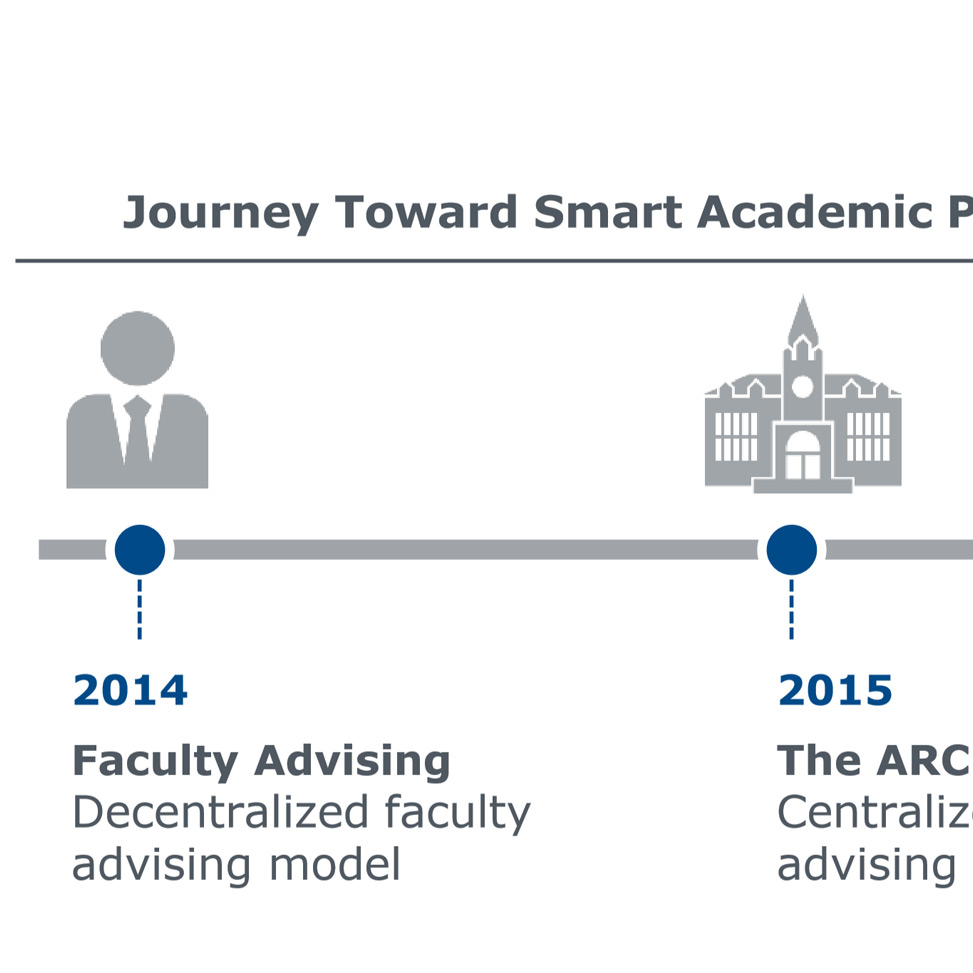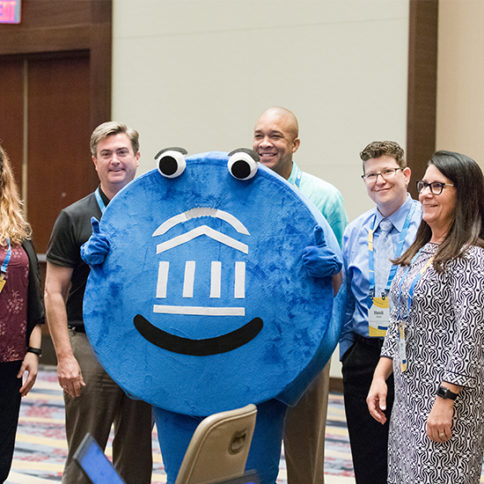Lorem ipsum dolor sit amet, consectetur adipiscing elit. Ut estas libero et nulla facilisis lacinia. Curabitur gravida, nibh ac lobortis condimentum, ante eros viverra leo, a egestas nunc justo vitae lorem. Nunc et ultricies mauris, ac vulputate risus.
“I’m able to do it on my own time instead of having to set an appointment to do everything, I can kind of get a jump start before meeting with my advisor.”–Student, ipsum dolor sit amet
Nunc sed suscipit elit. Vestibulum non facilisis libero. Sed sit amet nisi in dui dignissim finibus. Suspendisse fringilla massa purus, placerat malesuada lacus venenatis sit ametenim gravida ornare conseq pretium dui, in vehicula mauris.



